The Essential List 21. Madison Snider Podpirka’s Investments to Love Forever
The founder of Fewer Finer shares her perfect bag, the bracelet she never takes off, timeless loafers, and how she started and grew a fine jewelry line without outside funding.
Today, I’m excited to feature NYC-based jewelry designer Madison Snider Podpirka. Madison is the founder of Fewer Finer, a fine jewelry company that specializes in high end pieces for everyday wear. The Fewer Finer approach to jewelry comes from the idea of “fewer finer things,” and Madison applies this ethos to purchases outside of jewelry too:
As I’ve gotten older, I’ve enjoyed refining — myself, my closet, my skills, etc. and I’ve found that less is more, if less is fewer and finer.
This time of year, when consumer frenzy is at an all time high, it can be nice to step back and reflect on what purchases are actually worth the investment — things that can stand the test of time, be used and loved for years to come.
First, Madison shares her favorite investment purchases that she’ll love forever. Then, I share our Q&A about how she started a fine jewelry line with no industry experience (fascinating!) or outside funding, how she integrates vintage pieces into the collection, and how her style and the collection have evolved over time.
Tole Flowers I just adore these as little fun elements of nature in my home and office. I have quite a few and my collection is growing! I love that they are metal so they feel cool and interesting instead of a bit creepy like some fake flowers. Plus, you don’t need a green thumb to manage them!
Marfa Stance Vest and Collar I talk about this vest all the time because it is the best. I own two, one all black and one tan and white color blocked and I wear them both constantly. In the shoulder seasons they are great as your main outerwear and in the cold windy days of winter, I put one under almost every jacket. This collar specifically is so great because it really keeps the wind away as it stands up straight and can be clipped under your neck. I think the style is so unique and luxe looking and I don't know what I’d do without them in my wardrobe.
The Family Bracelet from my line, Fewer Finer. I love this design and think it is one of the most unique pieces in my collection. Each bar has four sides, all of which can be hand engraved. Mine has everyone in my immediate family’s names — my parents, siblings, son, nieces and nephews, and in-laws! It has a cool heavier link style that makes it feel like a signature piece to me and I never take it off.
The Row, Small Park Leather Tote This is just the perfect bag for me. I am such a tote person, especially living in the city, but I hate a larger tote that just gets loaded into and weighed down. The size of this fits so much, including a big water bottle, but still feels chic and pulled together! I have it in a deep navy and use it more than any of my other bags.
Milk Photo Books These books feel very worth the investment — of both time and money. They are on the higher end of the spectrum for what photo books cost, and they take some time to put together, but I feel like my collection of them from trips and years and other occasions are one of my most prized possessions!
Gucci Jordan Loafer When I bought these they were the most expensive pair of shoes I’d ever bought…they still are, except now I have three pairs! I had such a hard time justifying them, but once I owned one pair, I realized how versatile, comfortable, and classic they are. I feel like they can go with everything and that this streamlined loafer style is always “in.”
Tell me about your background and your journey to designing jewelry and starting Fewer Finer.
People often ask how I got into the business, and it really came from wanting to have a brand of my own. I was drawn more to building a brand than specifically designing a jewelry collection. I came up with the name Fewer Finer because I loved the concept of owning fewer, better-quality items in general.
I loved jewelry and already had a small personal collection of delicate gold pieces. People would often compliment my jewelry, so it felt like a fun business to explore. I had also seen a few young women in my orbit starting jewelry businesses, and it seemed like something I could figure out while creating the lifestyle I wanted.
At the time, I was working as a photography producer, and I started the business on the side. I lived in New York and thought, “I might not be here forever, so let me try this while I’m here.” I quickly realized I loved the business side of jewelry but had a lot to learn about how jewelry is made. Initially, I thought I wanted to be the maker, so I took a goldsmithing class—but I realized that hands-on craftsmanship wasn’t for me. I’m better at designing and working with master jewelers.
I’d make just one sample of each design, wear it myself, photograph it, and then take full payment from customers before producing their pieces. That was the only way I could make it work without outside funding.
I learned the different trades involved—what a polisher does versus a setter, why I’d need separate specialists for diamonds and colored gems, who my caster should be, and where to find the best hand engravers. My experience as a photo producer helped a lot because producing a jewelry line is similar to producing a photo shoot: you coordinate talented people to create something amazing.
After a year of doing this on the side, I decided in January 2020 to leave my producing job and focus on Fewer Finer full time. I started the business with a small personal investment, so it had to be profitable from day one. I’d make just one sample of each design, wear it myself, photograph it, and then take full payment from customers before producing their pieces. That was the only way I could make it work without outside funding.
When Covid hit, I expected it to be a challenging time, but surprisingly, jewelry sales increased. People were still buying meaningful pieces, which helped my business grow. During that time, I also expanded into vintage jewelry since production was paused due to work stoppages. Then I started offering custom bridal designs because friends were getting engaged.
Now, we offer vintage, custom bridal, and the jewelry collection I design. We have an office space, seven employees, and about 20 contractors. It’s been quite a journey, and I’m really proud of how it all came together.
How long did it take from having the idea that it would be jewelry to officially launching in 2018? How long did it take to learn the process and find people to help you produce it?
It probably took me about six months once I decided to move forward, though I had spent about a year before that researching the jewelry business. Once I committed to starting, it was a six-month process of figuring things out—but I learned so much more after launching.
I’m still learning all the time. I love the saying, “education is expensive.” Anytime I’ve made a mistake, it’s cost me a lot—especially when working with fine materials. But I remind myself that I didn’t go to school for this, so these lessons are part of the process. Even now, learning is constant.
Was it hard to produce one piece at a time when you first started, especially since some industries require large minimum orders?
I expected it to be difficult. I thought when I first met with jewelers, they’d tell me they needed a minimum order of 100 pieces or more. But luckily, the jewelry industry in New York is very old-school, reputation-driven, and based on trust. None of the people I work with have ever required minimums, which has been a huge advantage.
Even now that we’re bigger, if I want to make 50 pieces of something, I don’t get a different price than if I were making just one. If we produced overseas through large-scale production houses, there would be minimums, but we work with highly specialized individual tradespeople at every stage of the production process. This approach meant I could make one piece at a time from the very beginning, which I hadn’t expected.
What pieces did you start the collection with, and how did you think about expanding the line as you grew?
I wanted a balanced mix of rings, bracelets, and necklaces, so I think I launched with around 10 to 12 pieces. One of the original designs was the Worry Stone Necklace, which is still one of our best sellers. I wanted something tactile because I’m always touching my jewelry.
Some of that shift came from being able to afford more substantial materials as the business grew, but it also reflects how my personal taste has changed.
Another early piece was the Mar Ring, named after my sister. It has a star-set diamond because we call her “Mar the Star,” so the name felt special and personal. I also started with a very delicate nameplate bracelet because I loved the idea of something understated and meaningful.
In the beginning, the pieces were very fine and delicate, reflecting my personal style at the time. Over the years, my style has evolved, and so has the collection. We still don’t do anything I’d call “chunky,” but we’ve incorporated more material-driven designs, larger stones, and heavier metal pieces. Some of that shift came from being able to afford more substantial materials as the business grew, but it also reflects how my personal taste has changed.
Has engraving always been a key part of your business?
Yes, we’ve offered engraving since the beginning. I was lucky to start working with the best engraver in New York right from the start, which has been amazing. We’ve built a great relationship, and he’s a fantastic partner.
Over time, engraving has become a much larger part of our business. That’s mainly because I now have a team to help manage the process. We create mock-ups for every engraved piece before it’s made and work closely with clients on custom concepts. In the early days, I didn’t have the bandwidth to handle that level of customization on my own, but now we’re able to offer much more personalized engraving services.
Have your best sellers changed over the years as your style has evolved? Have you noticed any trends?
Not really. We’re still such a bespoke company that data feels funny to track—we’re not selling hundreds of any one piece. Even our best-selling design has probably sold about 50 pieces in the six years we’ve been in business.
That said, I’m really proud of how we’ve grown—slowly, steadily, and organically. It would be exciting to have a big breakout moment, like a celebrity wearing a piece and everything blowing up overnight. But there’s something really special about building the business naturally over time through loyal customers and word of mouth.
How do you source your vintage pieces, and what do you look for?
I source vintage from a variety of places, mainly through trusted dealers I’ve built relationships with over the years. I’m very particular about what we select because I want our vintage pieces to feel cohesive with our collection—not just a random assortment. There are a lot of vintage sellers who stock a wide range of items, but that approach doesn’t fit our brand. I want every piece to feel like a natural extension of what we design.
In the early days, I could get up and go to estate sales, meet with dealers regularly, or travel to source pieces. I don’t have as much flexibility now, but I still go to jewelry shows, work with dealers, and tap into New York’s vibrant jewelry scene through long-standing relationships. There's always something special to find here.
What are your thoughts on lab-grown diamonds and gemstones?
It’s such a big topic, and while I’m not an expert on lab-grown stones, we only sell natural diamonds. That’s what I know, trust, and feel confident about. My business is built on valuable, investment-worthy materials, and right now, I can’t confidently say that about lab-grown stones.
I want it to be a lasting, heritage brand 40 years from now, so staying away from trends and sticking with what I trust feels right for us at this stage.
The industry is evolving rapidly, and the value of lab-grown materials can be unpredictable. That said, I think some companies are doing really interesting work with lab-grown stones, and I have no judgment toward anyone choosing them—especially from a cost perspective.
For Fewer Finer, I’m focused on building a brand with long-term value. I want it to be a lasting, heritage brand 40 years from now, so staying away from trends and sticking with what I trust feels right for us at this stage.
Are there any small brands you love that more people should know about?
House of Good makes the best candles. It’s now well known in NYC, but Big Night is a specialty store around the corner from me that always has an exciting selection of new and interesting food brands. I’ve discovered so many cool independent brands from them and their in-house stuff, like the Glitter are fab too!
Jaymes Paper is a beautiful bespoke stationary brand. I think beautiful stationary is worth investing in and I love the brands simple and thoughtful offerings. I have also gifted the notepad a number of times because it is so chic and special but not something most people would buy themselves.
What’s the last thing you bought that you feel really good about, and how did you find out about it?
I recently discovered a New York-based brand called misomaru. They make beautifully packaged miso soup balls that you unwrap like a truffle, drop into a mug or bowl, and pour hot water over. It’s an instant, nourishing soup, and the packaging is stunning, making them a perfect gift.
I found them at a vendor market, bought a box, and have been obsessed ever since. It’s my favorite afternoon treat at the office—comforting and healthy. I usually go for the Everyday Traditional flavor. It’s such a simple, thoughtful product, and I love having that little ritual on gray, rainy days.
Thank you, Madison! Your collection is beautiful and it’s so impressive how you apply the Fewer Finer ethos to all aspects of work and life.
Follow @fewerfiner on Instagram for more from Madison. They share so much behind the scenes footage, I love following along.
Let us know if you have any questions for Madison in the comments. If you have your own investment purchases you really love, I’d love to hear it!
The Essential List is paywall-free and available to everyone. You can support this newsletter by liking this post, leaving a comment and sharing it with anyone who you think would enjoy it. Thanks for being here!


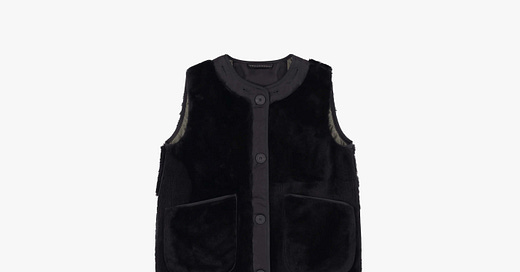


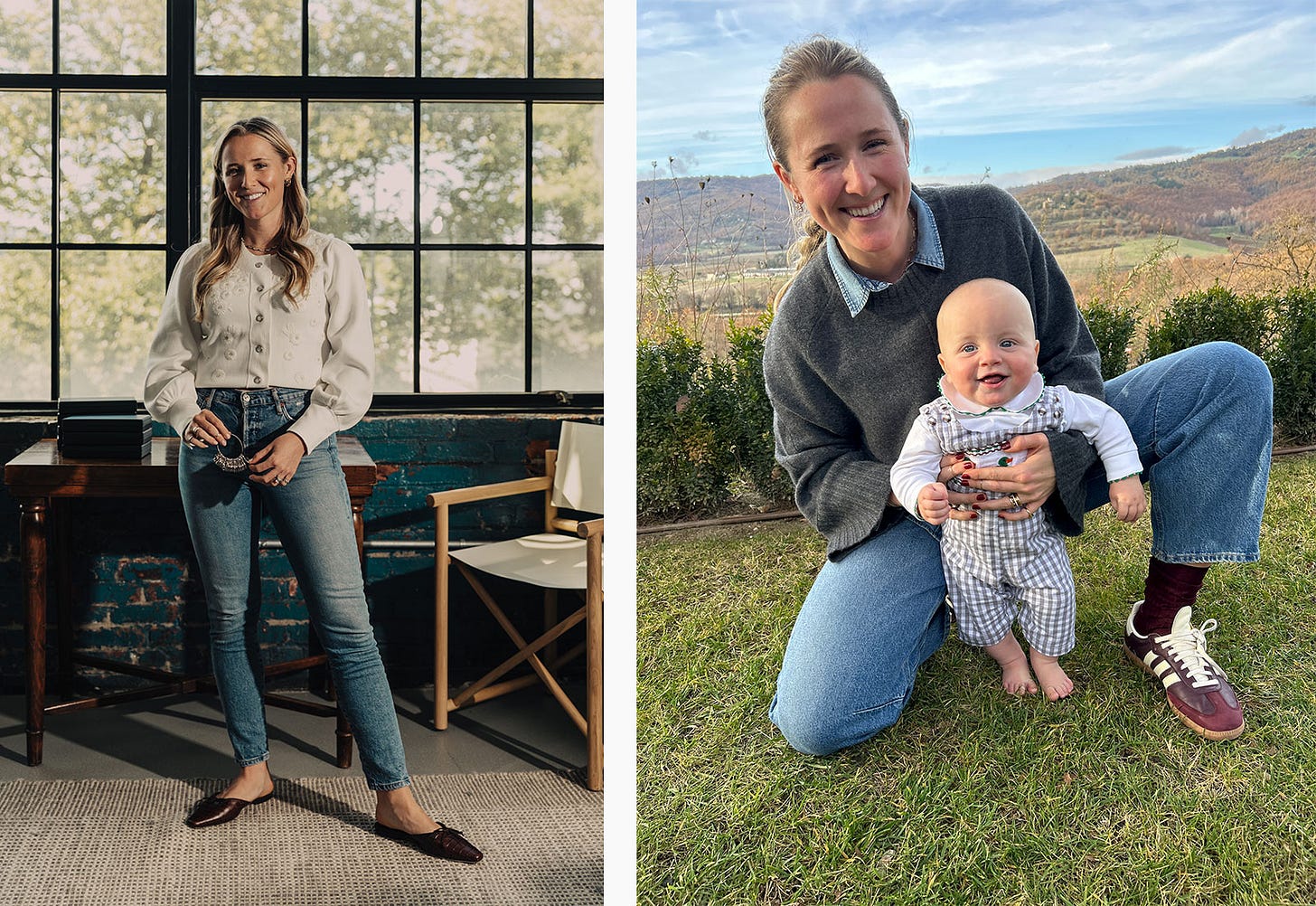
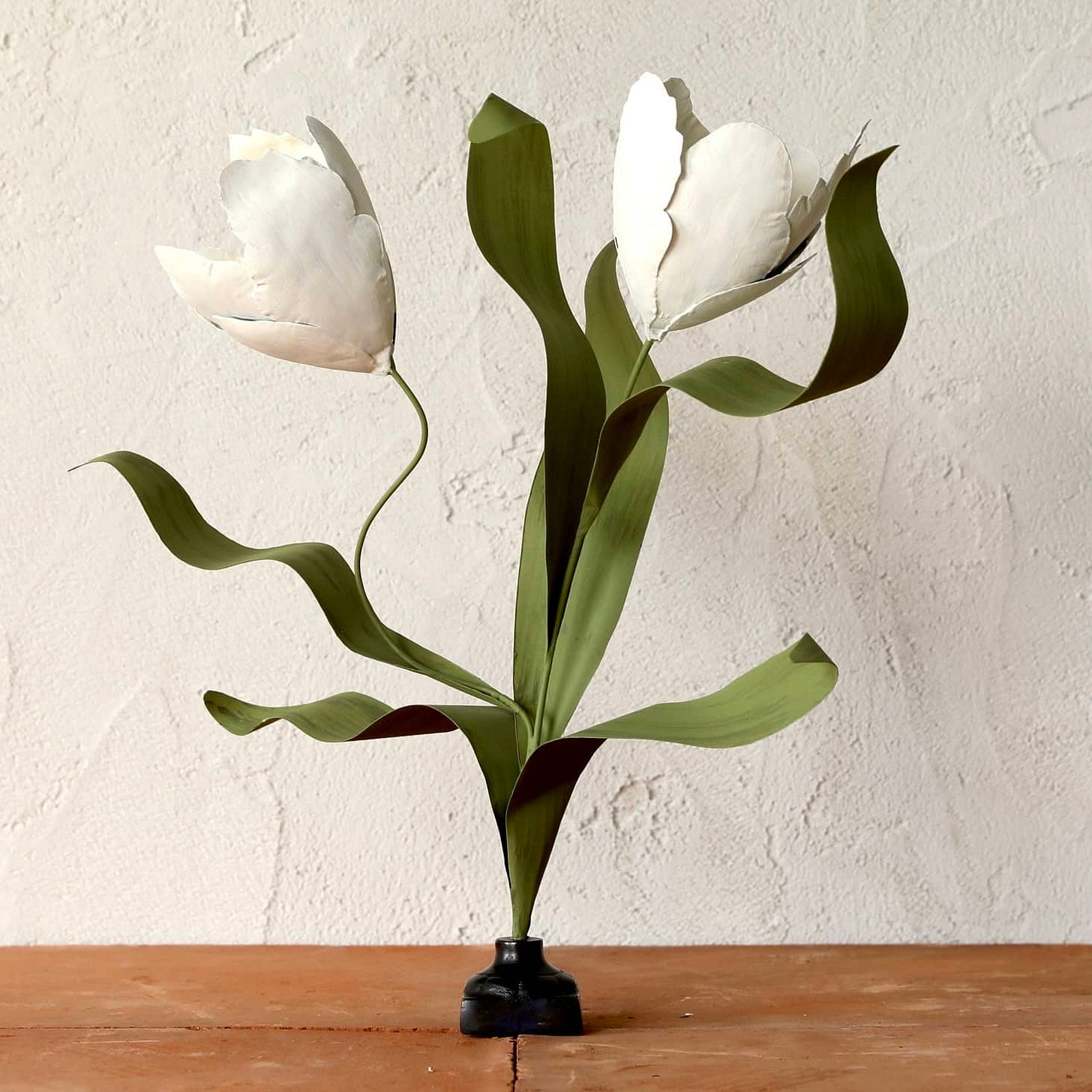



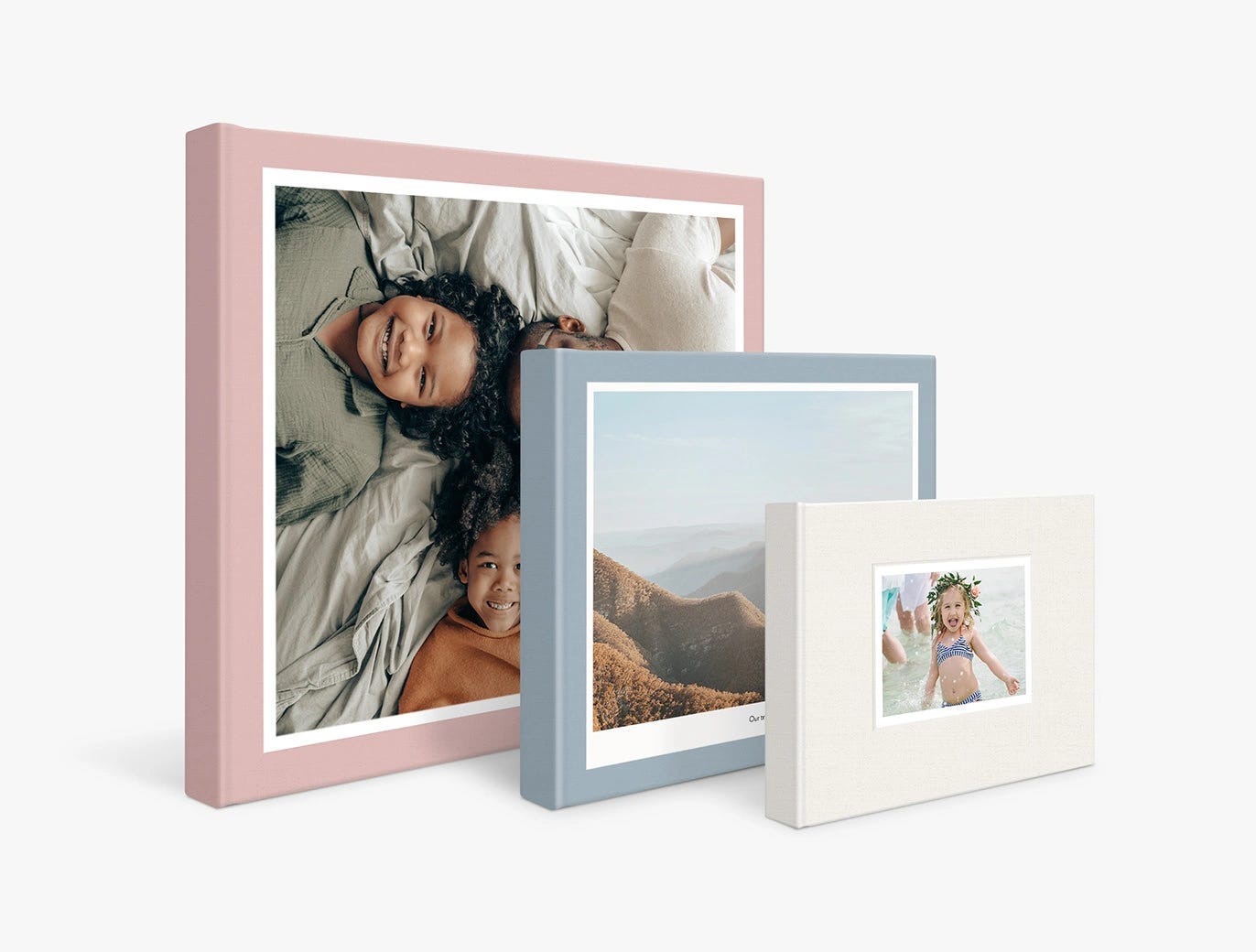
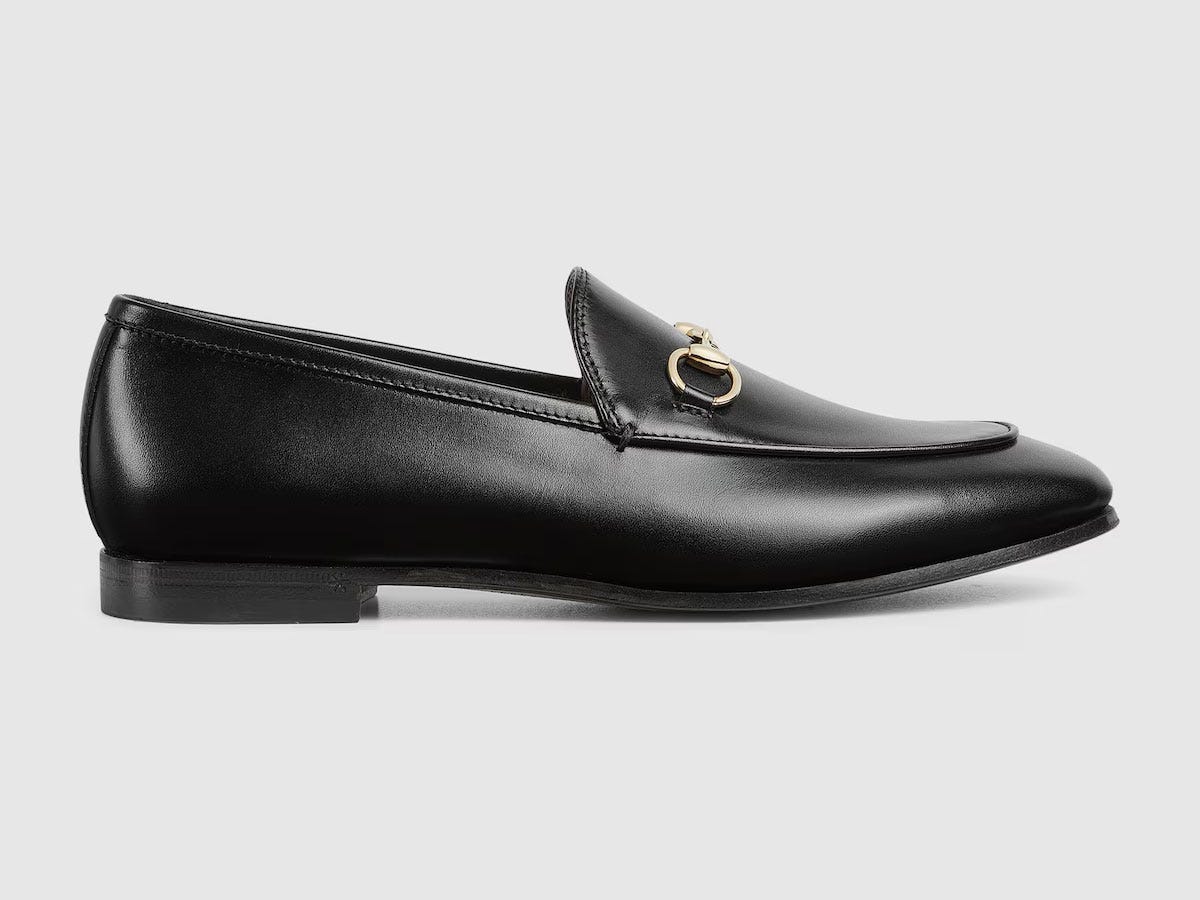
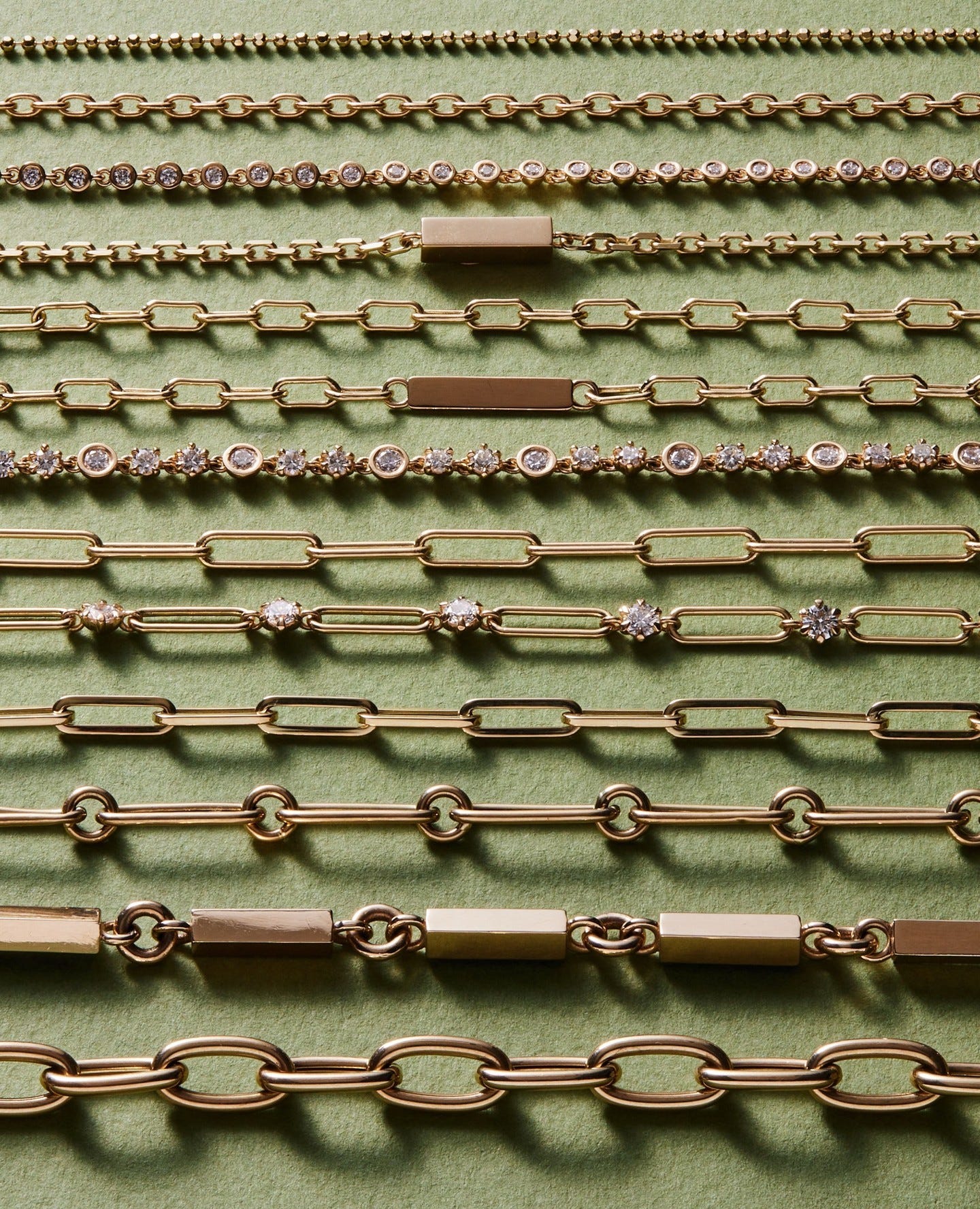
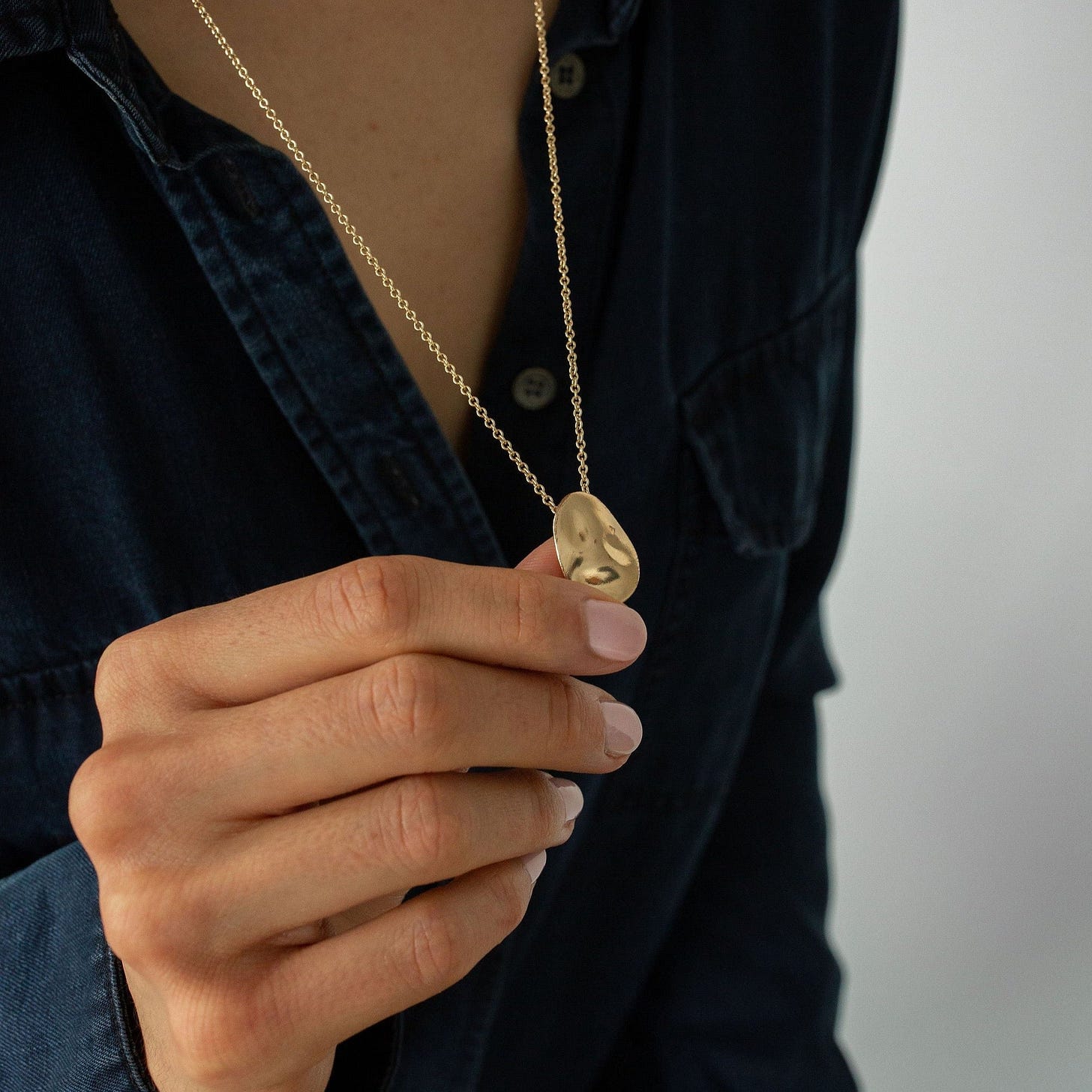

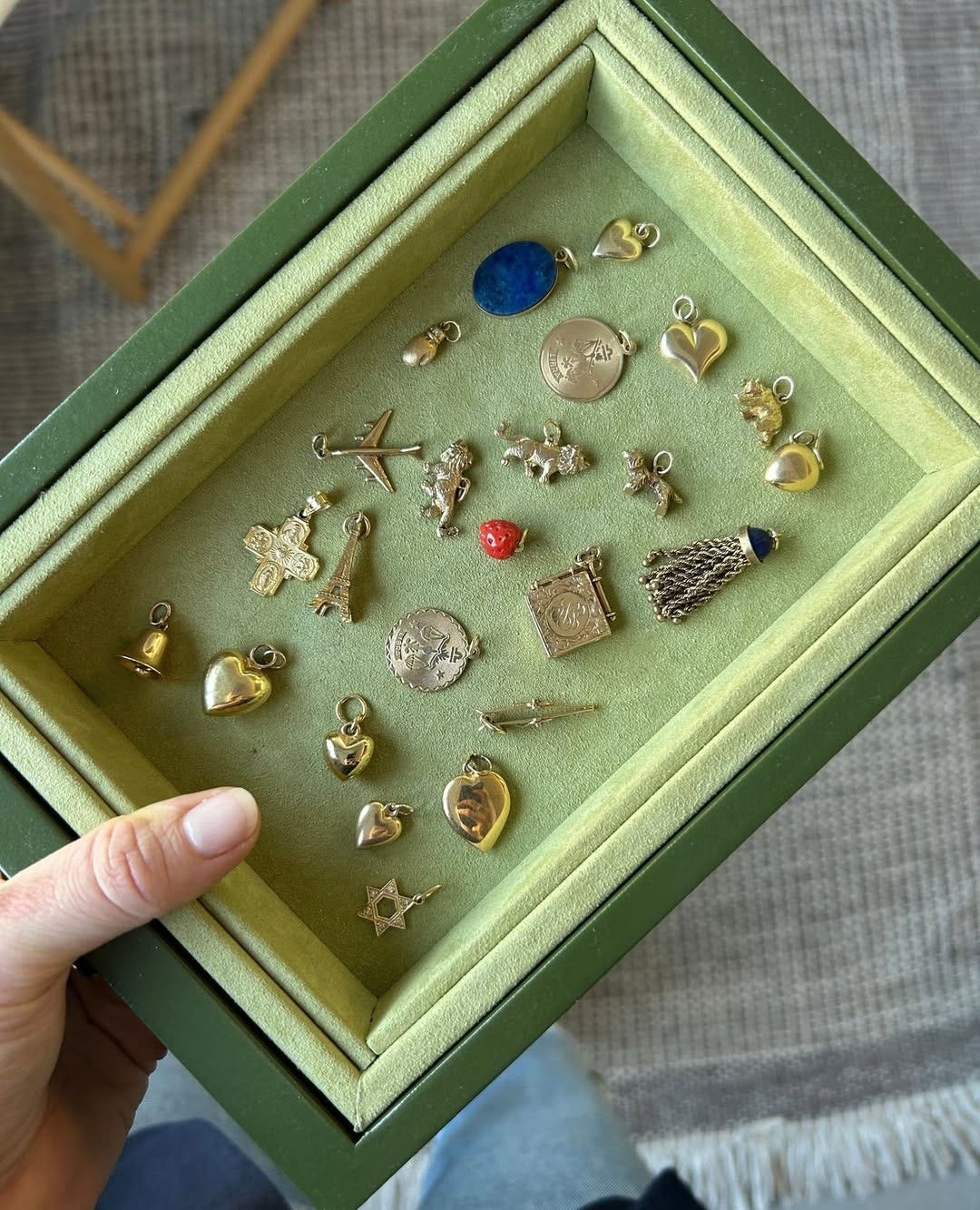

Also, I love that you touched on lab diamonds too. It’s such a tricky subject but I do think people are being duped into believing it will retain or increase to the same value as real diamonds when it’s clearly on par with costume jewellery. It seems to be a bit of a grey area - what do you think would help consumers understand the situation better?
I love that perspective that education is expensive (but worth it!) and to learn and do as you go. Brilliant interview! I always learn so much ♥️